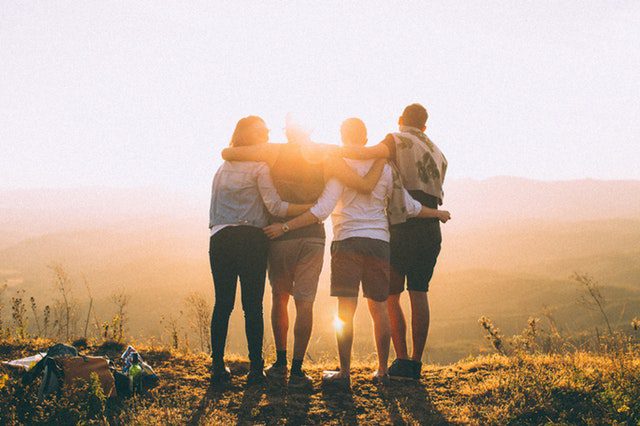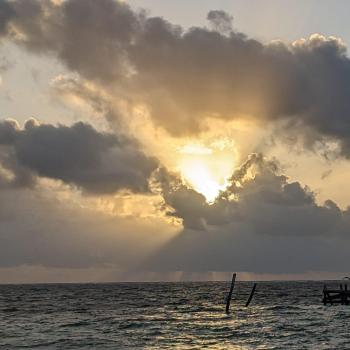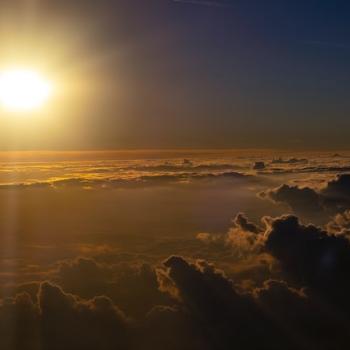We cannot live for ourselves alone. Our lives are connected by a thousand invisible threads, and along these sympathetic fibers, our actions run as causes and return to us as results.
—Herman Melville
The sympathetic fibers that Melville refers to can become visible—but only to those who open their hearts.
The Diné (Navajo) say that seeking wholeness is personal, an individual journey, while seeking harmony is transpersonal, a communal journey. The Diné word Ahyo-oh’-oh-ni means to bring one into harmony with everything.
In Sanskrit, the word Akasha refers to a collective presence and memory among human beings. In the West, we tend to ignore this, insisting we are separate and unattached. Yet there is molecular and biological evidence of our Oneness and how our very presence influences each other, how being influences being. Consider that two living heart cells, taken from different people and placed in a petri dish, will, over time, find a third common beat. We can draw vitality and strength from these glimpses into the fabric of life, which affirm that we have an innate call to find each other and join. We could say this is the genetic basis for our impulse toward community.
In the summer of 2004, I was in Barcelona attending the Parliament of the World’s Religions. One morning, I was sitting with a crowd listening to Dr. Ervin László, a scientist and philosopher who was speaking through translators about the Akasha Field.
Dr. László described experiments in which different atoms were also placed in close proximity. Once atoms A and B would vibrate in harmony, atom A was placed near a third atom, P. Amazingly, the vibration of A and B was imparted to atom P. The reverse appeared to be true as well. Atom A was left with atom P until they vibrated in harmony. Then atom A was again placed closely to atom B. The vibration and harmony of atoms A and P were then imparted to atom B.
When people meditate together, their brain waves quickly harmonize. And when a newcomer joins the group, the newcomer’s brain waves harmonize with that of the group. This suggests that intimacy is a catalyst for the experience of Oneness. All of this implies that there is a unified field of presence, very near to each of us, that ranges from atoms to cells to souls. The crucial question, then, is: How do we relate to this field of presence? How do we tap into its energy and resources?
As Dr. László spoke, his words were being translated into four languages at once. I realized that what he was suggesting was happening there in Barcelona. I was part of a short-term community of 8,000 people from all over the world who had come together because of a common belief in something larger than our selves. Something was shimmering there between us, like the vibration and harmony generated by those atoms put in close proximity with each other.
Hasn’t this always been the power of communities—to somehow break through the trance of their times? Isn’t this descriptive of the throngs surrounding Buddha under the Bodhi tree? Or the hundreds gathered to hear Jesus give the Sermon on the Mount? Or the thousands following Gandhi’s march of salt to the Indian Ocean? Or the million crowding the mall in Washington to hear Martin Luther King, Jr. give his landmark speech? Isn’t this the mystery of self-organizing moments of collective presence?
These instances confirm that there is a subtle, if mysterious, Oneness that cradles us all. We can access the collective presence and memory among human beings and enliven it. Actually, it doesn’t take much, once we are opened, to feel the pull of things coming together, whether it be atoms vibrating, strangers meditating, or hundreds gathering around an elder’s presence.
As we watch a river from its bank, the current seems impossibly fast. But from the center of the current, the flow of life surrounds us and carries us. Watching from our isolation, the prospect of community seems impossible until we dare to step down and enter. Once in the current of human connection, we are carried along.
Every story of community, large and small, bears witness to how strangers and loved ones alike discover the common human beat and the kinship of presence.
A Question to Walk With: There are two prominent Buddhist traditions: Hinayana and Mahayana Buddhism. Hinayana Buddhism seeks personal enlightenment (Hinayana means little raft), while Mahayana Buddhism seeks a mutual enlightenment with others (Mahayana means big raft). Bring four or five friends together. In conversation, describe what kind of raft each of you is building and why.
This excerpt is from my new book, More Together Than Alone: Discovering the Power and Spirit of Community in Our Lives and in the World, which will soon be published by Atria Books.
*photo credit: Helena Lopes













